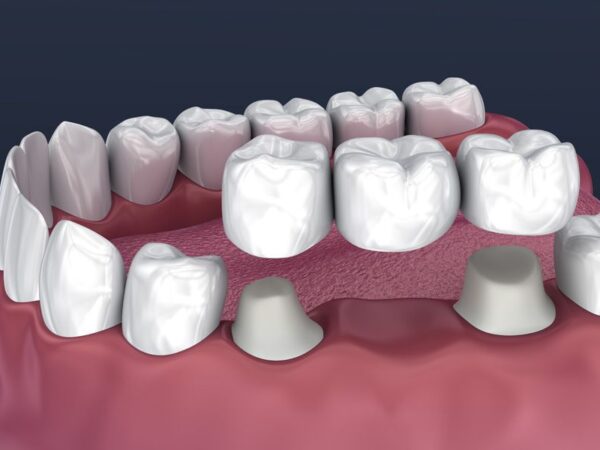Crowns are often used to protect a weakened tooth, restore a broken tooth, cover a dental implant, or improve the appearance of discolored or misshapen teeth. But how similar are dental crowns to natural teeth? If you are looking for dental labs NYC, search for a trusted and experienced provider by searching “dental crown labs near me.”
In this blog post, we’ll explore the composition, appearance, and functionality of dental crowns compared to natural teeth.
Composition of Dental Crowns
Dental crowns are made from several materials, including ceramic, porcelain, metal, and resin. Each material has its own benefits & drawbacks, and the choice of material depends on the individual patient’s needs and preferences. Porcelain and ceramic crowns are common because they closely resemble the appearance of natural teeth. Metal crowns are known for their durability and strength, while resin crowns are the most affordable option. But how do these materials compare to natural teeth?
Porcelain and ceramic dental crowns are the most similar in appearance to natural teeth. These materials are translucent and can be color-matched to blend seamlessly with the surrounding teeth. They also reflect light in a similar way to natural teeth, giving them a more natural appearance. Metal crowns, on the other hand, can be noticeable and may not blend well with natural teeth. Resin crowns are also less durable than other materials and may not last as long as porcelain or ceramic crowns.
Appearance of Dental Crowns
One of the primary goals of dental crowns is to improve the appearance of damaged or decayed teeth. To achieve a natural-looking result, the color, transparency, and shape of the dental crown must match that of the surrounding teeth. A skilled dentist will carefully select the material and shade of the crown to ensure a seamless blend with the natural teeth.
Color matching is especially important for achieving a natural appearance. Porcelain and ceramic crowns are the easiest to match to natural teeth since they can be custom shaded to match the exact color of adjacent teeth. Metal and resin crowns, on the other hand, may be more noticeable and not blend as well with the natural teeth.
The transparency and translucency of the dental crown also affect its natural appearance. Natural teeth are translucent, allowing light to pass through and reflect off the underlying tooth structure. Porcelain and ceramic crowns can mimic this translucency to achieve a more natural appearance. Metal and resin crowns are more opaque and may not reflect light like natural teeth.
The shape and size of the dental crown are also crucial for achieving a natural-looking result. The dentist must carefully consider the patient’s bite, jaw alignment, and overall facial structure to design a crown that looks and functions like a natural tooth. A poorly designed crown can cause discomfort, affect speech, and impact the patient’s self-confidence.
Functionality of Dental Crowns
In addition to improving the appearance of damaged teeth, dental crowns also restore their functionality. A well-designed crown should allow the patient to chew, bite, and speak normally. The choice of material also affects the crown’s durability and strength, which can impact its functionality over time.
Metal crowns are the most durable and long-lasting option, making them ideal for restoring molars or other teeth that bear a lot of force when chewing. Porcelain and ceramic crowns are also durable but might be more prone to chipping or cracking over time. Resin crowns are the least durable and may need to be replaced more frequently.
Oral hygiene and maintenance are also important considerations for the functionality of dental crowns. Patients must continue to brush and floss regularly, paying extra attention to the gum line around the crown. A well-maintained crown can last for many years and provide reliable protection for the underlying tooth.
Conclusion
Dental crowns are a reliable option for restoring damaged or decayed teeth, improving their appearance, and restoring their functionality. The composition, appearance, and functionality of dental crowns can vary depending on the material used and the skill of the dentist. It is essential to choose a reputable dental lab that uses high-quality materials and employs skilled technicians to ensure a natural-looking and functional crown.
Don’t hesitate to ask for references or look up reviews online to ensure that you are getting the best possible care. By choosing a reputable dental lab and taking good care of your dental crown, you can enjoy a healthy and natural-looking smile for years to come. And, of course, don’t forget to continue seeking regular dental care to maintain your overall oral health.




